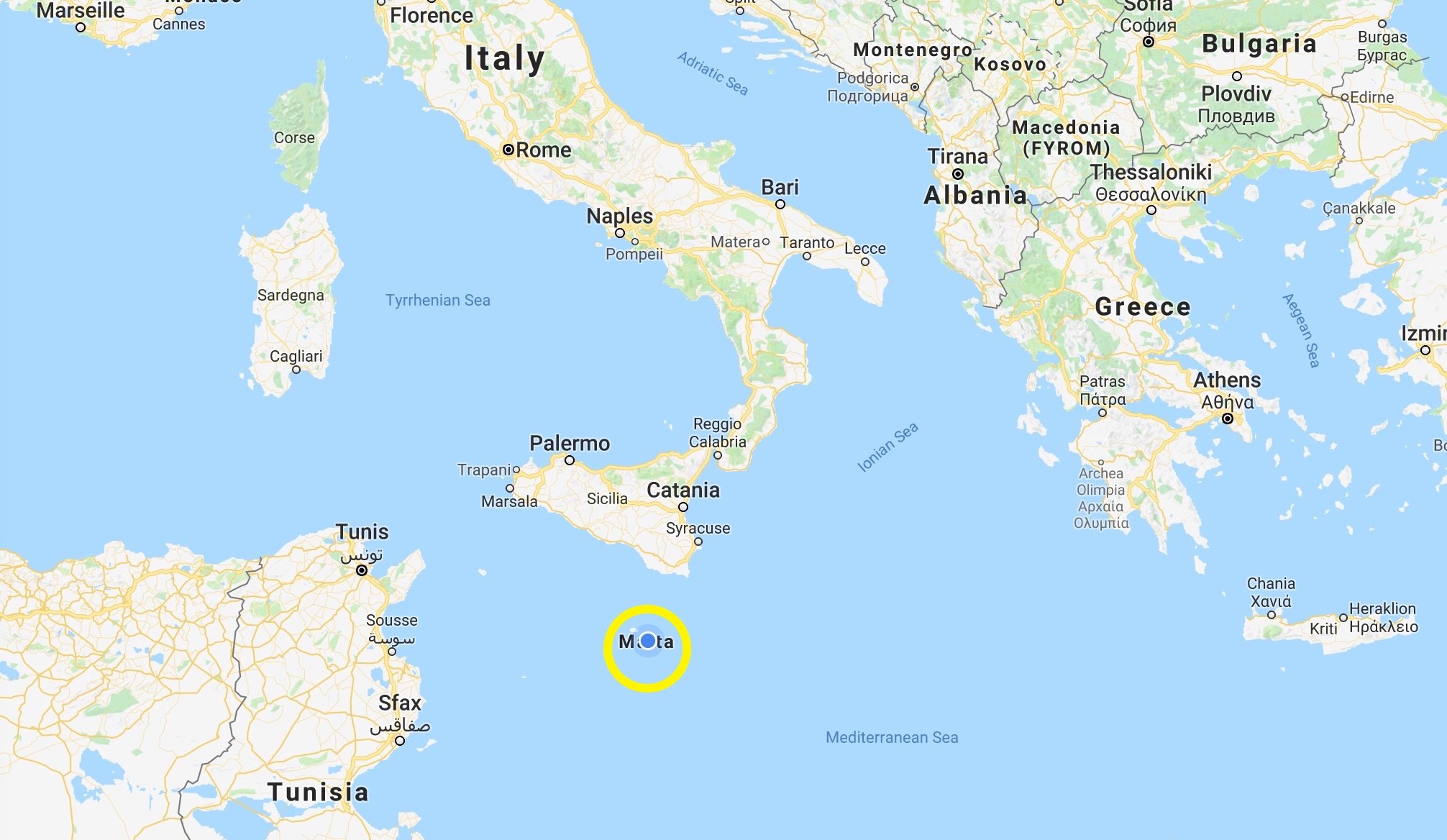Facts & Figures
Official Name: Republic of Malta
Nationality: Maltese
Capital: Valletta
Location: Southern Europe
European Union: Member since 2004
Currency: Euro
Population: 436,947 (2016)
Area: 316 sq km
Malta Time: 1+ GMT
Languages: English (official) & Maltese (official)
Malta Legal System: Common & Civil Law
GDP per Capita (€): 9.13 billion (2016)
Economic Sectors: Financial Services, Online Gaming, Aviation, Maritime, Tourism, Pharmaceuticals, High value added Manufacturing, Education and Training.
Principal Religion: Roman Catholic. Other religious denominations are also represented with places of worship.
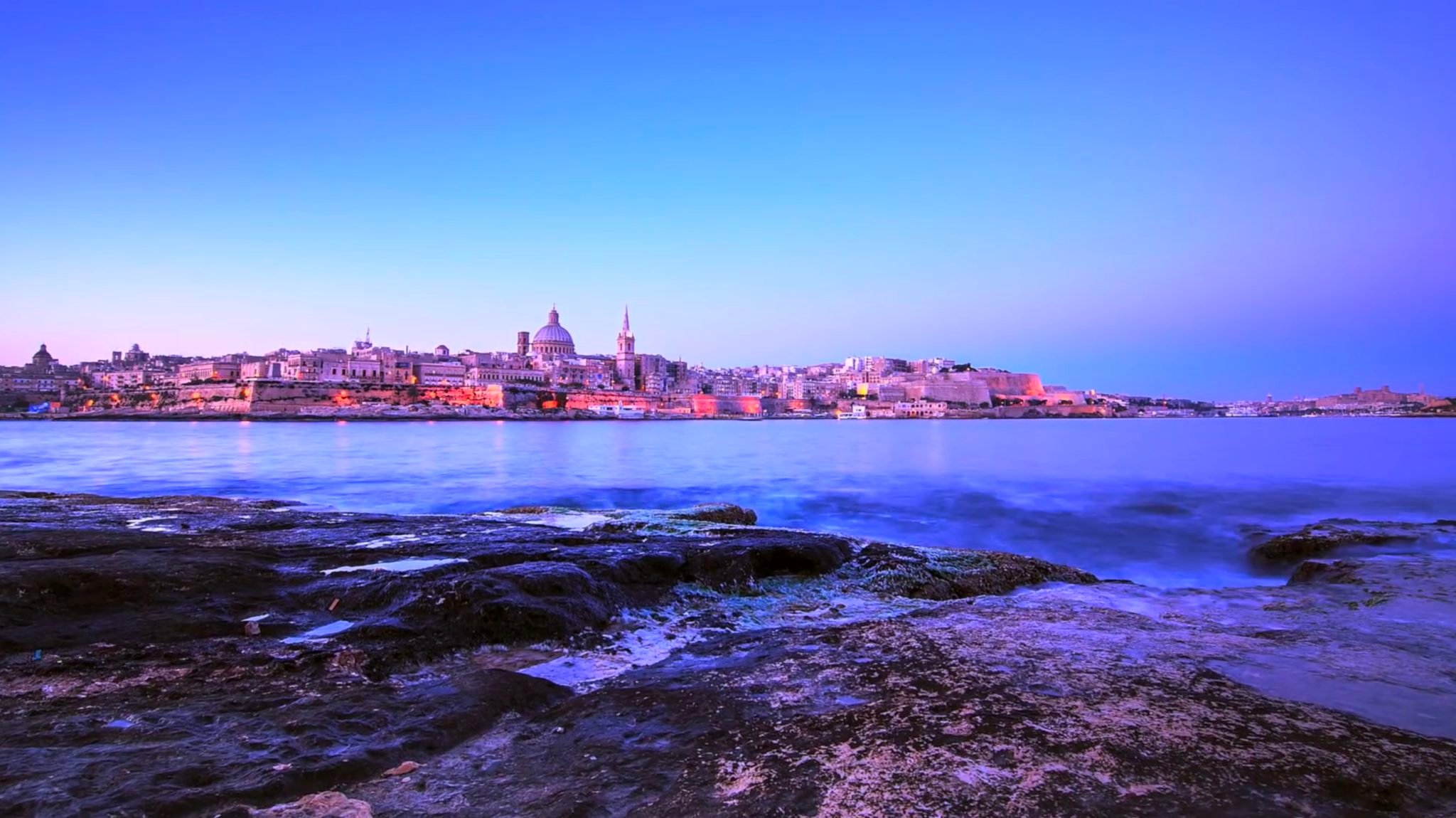
Malta history facts
Malta has a rich history spanning 7,000 years.
It has often played a crucial role in the making of history due to its strategic location in the
The Phoenicians, the Carthaginians, the Romans, the Byzantines, the Arabs and the Spanish all ruled the islands for varying lengths of time.
The country’s archaeological sites and Neolithic temples are amongst the oldest
Furthermore, the main great influences in Malta have been predominantly the following:
- the Arabic period proved the basis of the Maltese language;
- the period of the Knights of St John shaped the islands culturally, socially, commercially and artistically;
- the British period introduced British justice, a unified modern code of laws.
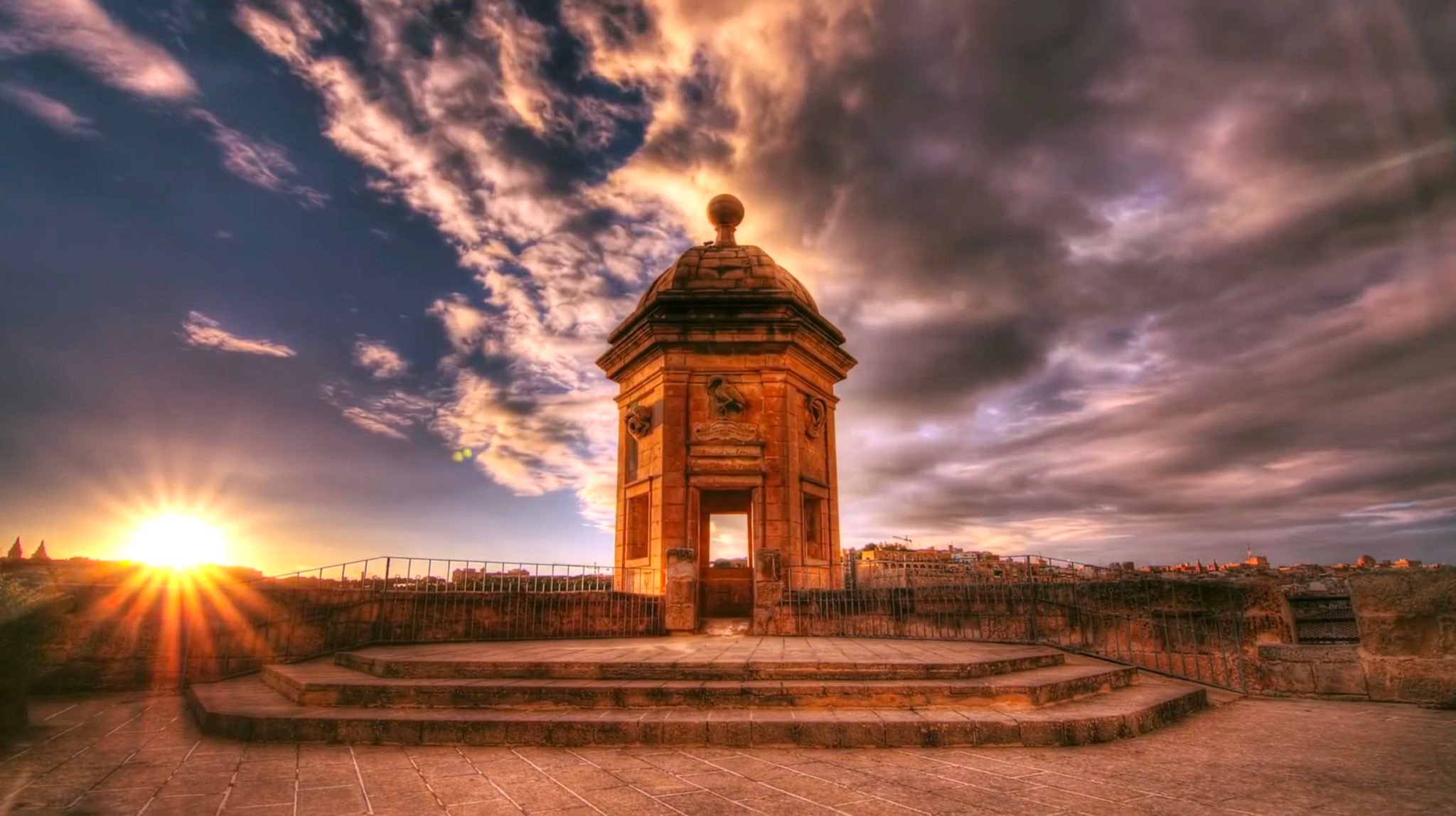
Geography
Located in the Mediterranean Sea, just south of Sicily, the Maltese archipelago mainly consists of three islands:
- Malta,
- Gozo, and
- Comino.
The largest island of the group is Malta, from which the archipelago takes its name.
Valletta, the capital and awarded the prestigious title of European Capital of Culture 2018, is the cultural, administrative and commercial
Malta is well served with
Malta’s international airport is situated five kilometers from the capital.
The second largest island, Gozo is topographically quite different from Malta.
Quaintly attractive for its less
The distance between Malta and the nearest point in Sicily is 93km.
The distance from Malta to Gozo is about 20 kilometers or about
The distance from Malta to Tunisia - the nearest point on the North African
Gibraltar is 1,826km to the west and Alexandria is 1,510km to the east.
Languages
Maltese, the national language, is of Semitic origin written in Latin script that over the centuries has incorporated many words derived from English, Italian and French.
For official purposes, both Maltese and English are recognised and given equal status and use in Government.
Likewise, most business correspondence is normally in English.
Other languages, particularly Italian and French, are also spoken by the population.
Climate
Malta’s climate is strongly influenced by the sea and is typical of the Mediterranean, with mild, rainy winters, February being the coldest month and hot dry summers, August being rather hot.
Malta enjoys 300 days of sunshine per year, with a daily average of 6 hours sunshine in mid-winter to more than 12 hours in summer.
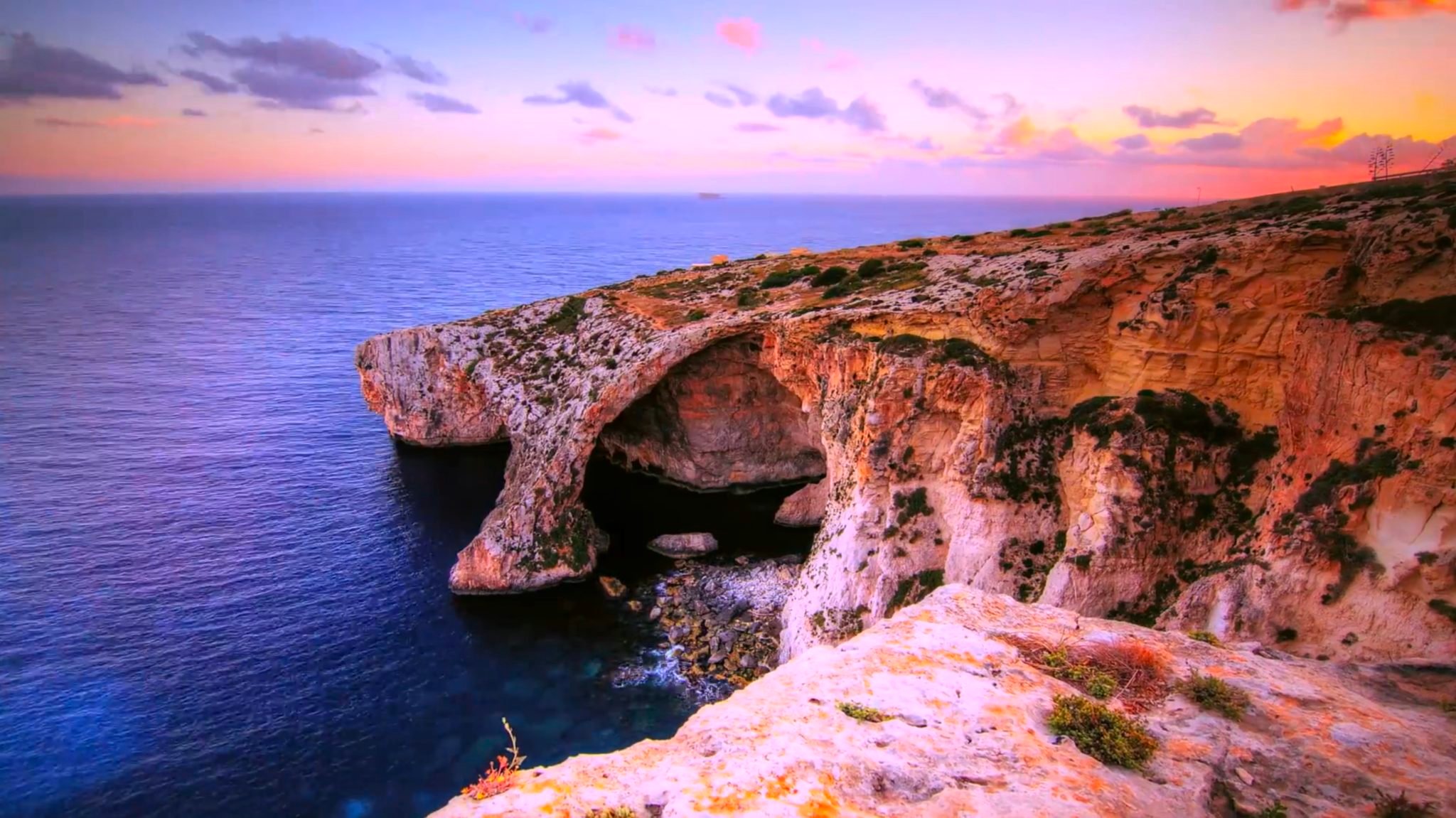
Lifestyle
Everything in Malta is close and easily accessible.
Living in Malta is a unique experience, especially for those used to hectic city environments and long travels between work and home.
The island’s small size and wealth of entertainment options means that in Malta, it is possible to have everything in one day, being a day at work, a good work out, and relaxation near the beach.
Malta offers so many archaeological sites, cultural monuments, and other historical treasures.
For those who enjoy the night life, Malta offers many bars, restaurants, cafes, discotheques and Casinos.
Many sportive activities can be enjoyed throughout the year including tennis, golf, sailing, and windsurfing, horse riding and diving.
Malta boasts a packed calendar of cultural events throughout the year including art exhibitions, classical performances, plays and concerts.
During the summer months, a visit to a Maltese ‘festa’ is a must, with every Maltese village or town celebrating its parish patron saint involving village decorations and fireworks.
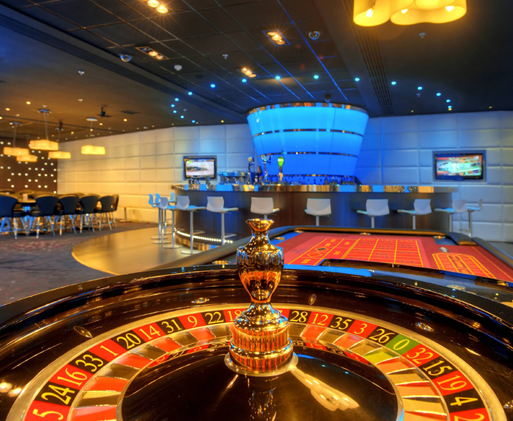
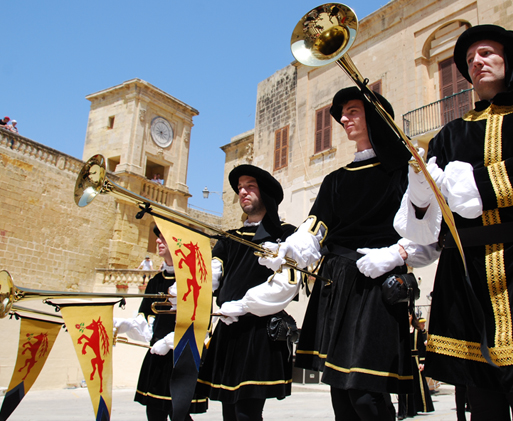
Topic
Crypto regulation